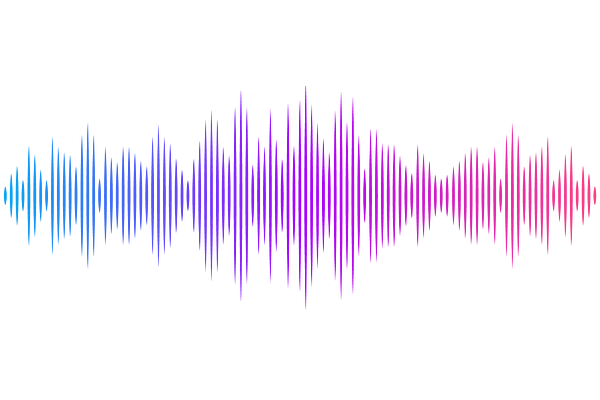Detection of [C\,{\sc i}] Emission in Nebular Spectra of a Peculiar Type Ia Supernova 2022pul

Detection of [C\,{\sc i}] Emission in Nebular Spectra of a Peculiar Type Ia Supernova 2022pul
Jialian Liu, Xiaofeng Wang, Yi Yang, Alexei V. Filippenko, Thomas G. Brink, WeiKang Zheng, Jujia Zhang, Gaici Li, Shengyu Yan
AbstractSN~2022pul gains special attention due to its possible origin of a super-Chandarsekhar-mass white dwarf explosion (or called a 03fg-like type Ia supernova), which shows prominent [O\,{\sc i}], [Ne\,{\sc i}], and [Ca\,{\sc ii}] lines in its late-time spectra taken at $\sim+$300 days after the peak brightness. In this paper, we present new optical observations for this peculiar object, extending up to over 500 days after the peak brightness. In particular, in the $t\approx+515$ days spectrum, we identified for the first time the presence of narrow emission from [C\,{\sc i}] $\lambda\lambda9824, 9850$, which appears asymmetric and quite similar to the accompanied [O\,{\sc i}] $\lambda6300$ line in strength and profile. Based on the violent merger model that accounts well for previous observations but leaves little carbon in the center of the ejecta, this carbon line can be reproduced by increasing the degree of clumping in the ejecta and setting the carbon mass the same as that of oxygen ($\sim$0.06 $M_{\odot}$) in the innermost region ($\lesssim 2000$ km s$^{-1}$). In principle, the central carbon could come from the secondary white dwarf (WD) if it is ignited when hit by the shockwave of the explosion of the primary WD and explodes as a Ca-rich supernova, whereas pure deflagration of a super-Chandarsekhar-mass WD can account for such unburnt carbon more naturally.